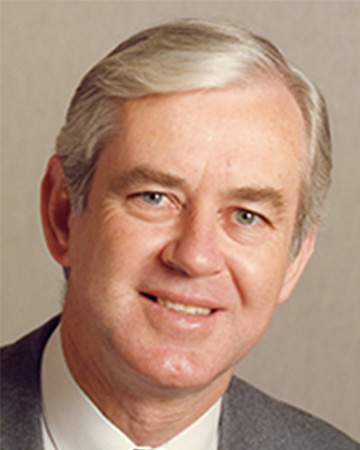Fall in incidence of venereal disease
The incidence of gonorrhoea and syphilis in Western Australia has fallen substantially.
Health Minister Keith Wilson said today the decline had been highlighted by a Health Department review of notifiable sexually transmitted diseases between 1985 and 1989.
Over-all, notification rates were found to be less than half the historic highs experienced in 1983.
Mr Wilson today welcomed the encouraging findings which underlined the effectiveness of strategies adopted since the early 1980s to control these diseases.
"Gonorrhoea and syphilis are not only important in their own right as causes of death and serious disability, but are also indicators of susceptibility to HIV infection," Mr Wilson said.
"Both diseases are curable with the appropriate antibiotic treatment."
The reduction had been particularly dramatic among young people, with substantially greater falls among youth than among the 25-34 years age group.
The improvement had also been more consistent from year to year in the younger age group.
"This repudiates suggestions that our campaigns and strategies have been ineffective among teenagers."
The review confirmed the disproportionate burden of sexually transmitted diseases in remote regions of the State.
Mr Wilson said the Pilbara and Kimberley, which had only five per cent of the State's population, contributed more than half the total cases of gonorrhoea and syphilis in 1989.
Nevertheless, there had been significant reductions, with a drop of 50 per cent in syphilis notification rates, and an even greater fall in gonorrhoea.
Improvements had been most evident in areas where public health measures had been most intensive.
"This improvement in remote areas demonstrates the important role of basic public health through activities such as population screening, case identification and contact tracing, as well as the willingness of the community to accept these measures," the Minister said.
"The results justify the State Government's commitment to the network of health workers, community nurses and community physicians.
"I cannot praise these workers too highly for their commitment to disease control, which is often carried out in difficult circumstances."
Not unexpectedly, the fall in notification rates was more evident in the metropolitan area, because high risk groups such as people in the sex industry and the homosexual community, had access to health services and a well-organised STD control centre.
Those in the metropolitan area were also more easily reached with information about the risks of STDs, particularly AIDS.
Mr Wilson said the report provided an opportunity to review strategies and to identify further measures which were needed.
These included:
· increasing the involvement of the entire health system in case identification and contact tracing;
· improving co-ordination between hospitals, community health, Aboriginal medical services and private health services;
· improving the training of nurses and Aboriginal health workers in STD control;
· establishing appropriate health promotion in rural and remote communities.
· forging better links with adjoining States to co-ordinate disease control in border communities.



